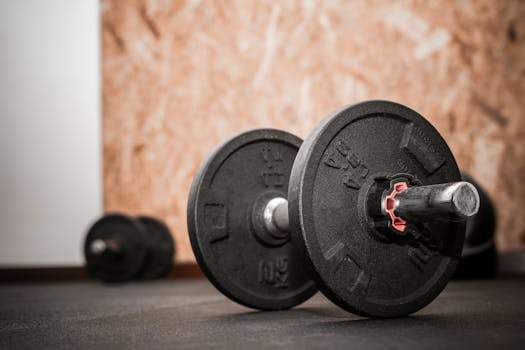
Introduction to HIIT

High-Intensity Interval Training (HIIT) is a revolutionary workout method that alternates between short bursts of intense activity and periods of rest or lower-intensity exercise. It has gained popularity due to its efficiency in burning fat and improving cardiovascular health.
Benefits of HIIT for Fat Loss

HIIT workouts are not only time-efficient but also highly effective for fat loss. Studies have shown that HIIT can lead to greater fat loss compared to steady-state cardio. The afterburn effect, known as excess post-exercise oxygen consumption (EPOC), allows your body to continue burning calories even after the workout is over.
How to Get Started with HIIT

To start a HIIT program, choose exercises that suit your fitness level. Begin with a 5-minute warm-up, followed by 20-30 seconds of high-intensity effort, then 1-2 minutes of rest. Repeat this cycle for 15-30 minutes. Some popular HIIT exercises include sprinting, burpees, and jump squats.
Sample HIIT Workouts

Here are a few sample HIIT workouts to try:
- Beginner Workout: 20 seconds of jumping jacks followed by 40 seconds of rest, repeated for 15 minutes.
- Intermediate Workout: 30 seconds of burpees followed by 30 seconds of rest, repeated for 20 minutes.
- Advanced Workout: 40 seconds of sprinting followed by 20 seconds of rest, repeated for 25 minutes.
Nutrition and Recovery

For optimal fat loss results, pair your HIIT workouts with a balanced diet rich in proteins, healthy fats, and complex carbohydrates. Hydration is also crucial for recovery. Make sure to refuel your body post-workout with nutritious foods to aid in muscle recovery.
Conclusion

High-Intensity Interval Training is an effective method for fat loss, offering numerous benefits in a short amount of time. By incorporating HIIT into your fitness regimen, you can boost your metabolism and achieve your weight loss goals faster.


